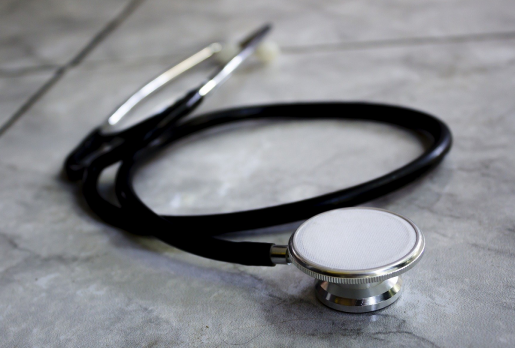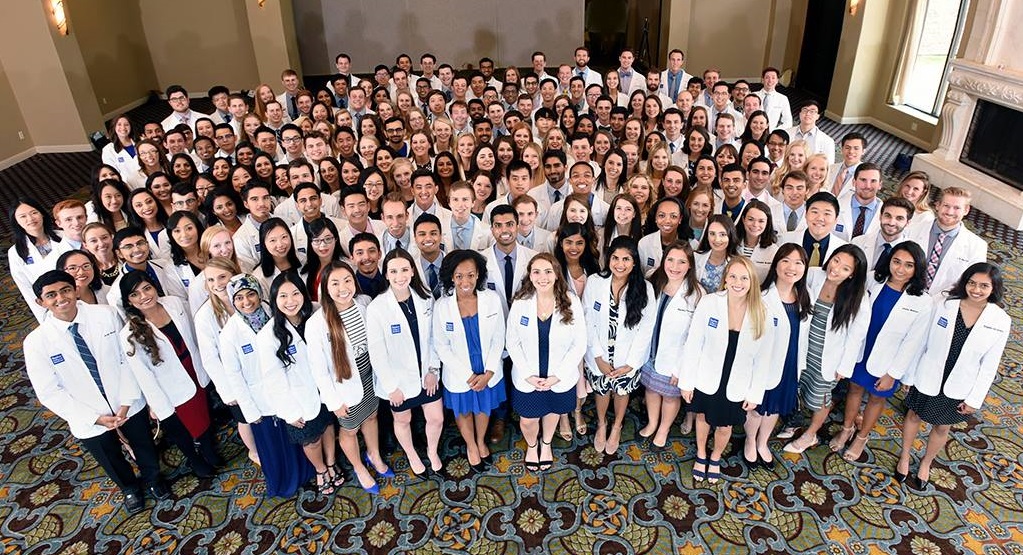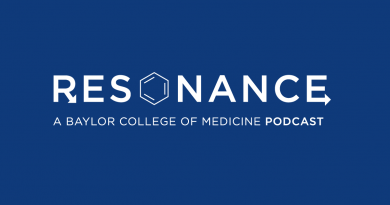Service and the medical student identity during COVID-19
Editor’s note: This blog post is part of an ongoing series of Progress Notes posts featuring students reflecting on the impact of the novel coronavirus (COVID-19) pandemic.
On March 17, medical students across the country received an announcement that their involvement in clinics had been suspended due to the COVID-19 pandemic. Public health guidelines, patient safety, and the need to create “time” in a crisis drove this response.
But what did this mean for our identity as medical students?
Even though we weren’t able to provide direct compassion to our patients in hospitals, we found other ways to provide it through our actions in the community. In my case, I decided to volunteer by answering calls for Harris County Public Health (HCPH). Our deans said it themselves: “We know. We feel your energy. You belong out there.”
On March 25, I drove through an empty city to the Harris County Public Health (HCPH) building. With my windows down, the sweet spring air did not carry the streets’ usual bustling noise. As I drove down deserted freeways, I noticed how the urban vista had transformed into a natural landscape, and I almost expected to see tumbleweeds gently bounce across the roads.
The HCPH office was my first sight of human activity in the 15-minute journey to the site, where only two people were allowed on the elevator at once.
One thorough training session later, I had the information and resources necessary to answer all of our community’s questions.
“If they call with these bulleted characteristics, give them this website and this phone number. If they call to report a business operating during the Stay Home Order, give them this other number .”
I started to draw out an answering algorithm for myself. “If they feel critical and need to see a doctor, tell them to call the ER before they leave. If they’re asking for a test but feel debatable about their symptoms, refer them to ‘AskANurse’ and they’ll take it from there. You should be good. Turn on your phone and start logging your calls.”
The calls varied.
“My co-worker’s family member has the virus. I feel a sore throat brewing. What do I do?” You have a positive exposure? Here’s the website.
“My daughter can’t breathe. What do I do?” Call the ER.
“Is there a curfew? My husband gets off work at midnight, and I need to pick him up without punishment. What do I do?” No curfew, ma’am.
“I have an autoimmune disease, and I’m concerned. What can I do?” Social distancing.
“Hey, you guys seem really knowledgeable and your voice is calm, thanks for taking these calls for us. Have you seen the video of the two Louisianan women singing the Coronavirus Blues? They’re taking it in stride, just like y’all!” You’re awesome, I’ll look it up!
Callers expressed their frustration, their confusion, their fear. They cried. Sometimes we laughed. More often than not, they were curious and kind.
As a brand-new clinical student with barely more than two months of experience, I had become accustomed to seeing patients and interacting with our populace every single day. Moderating confusion and facilitating resources has simply been a part of our training, an expectation from us – a component of the “hidden curriculum.”
Even with that orientation of connection, taking calls at HCPH fostered a discrete atmosphere of compassion. In the anonymity behind the phone, our community members released emotions through the cracks of isolation and fear. People put their trust in their essential workers to flatten this curve, to provide resources, and to generate some logic in this madness.
Within one week of finding out that our involvement in clinics was suspended, we responded –and we decided what it meant.
It meant innovation, quick feet and creativity. We established local and national collaborations and connections, generated PPE donation structures, designed educational frameworks, appealed with policy, and provided unprecedented support to the healthcare professionals still working with perseverance and grit on the frontlines.
It was amazing. Thousands of medical students across the country combined their forces, brainstormed, and constructed a movement of service and community education. The skills we acquire in our training are not limited to medical services, communication, or professionalism – we are determined to foster change.
We feel our energy. And we do belong out there.
-By Amelia Khoei, second-year medical student at Baylor College of Medicine



